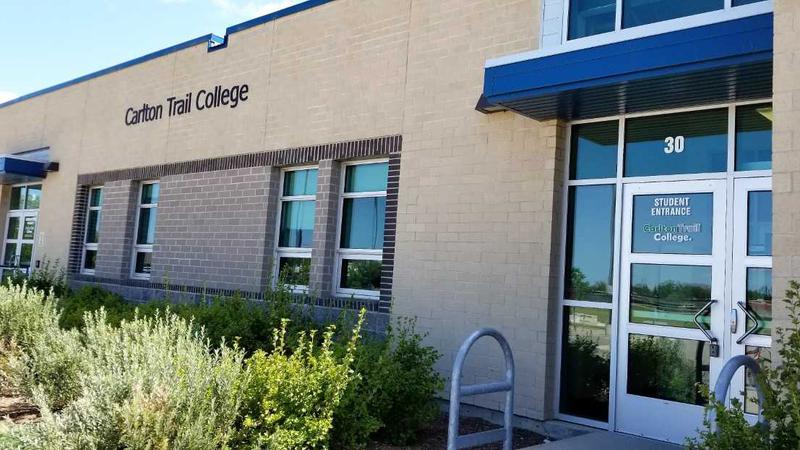
Crop regrowth for cattle feed should be done with caution
MELFORT, Sask. — The crop has been combined but there has been a lot of second growth in fields this fall.
The dry conditions have resulted in a shortage of cattle feed and that has livestock producers looking for alternate sources.
Saskatchewan Ministry of Agriculture Livestock and Feed Extension Specialist Alicia Sopatyk said she has received a lot of calls from producers who want to use that regrowth for livestock feed.
Sopatyk said whether farmers are grazing or cutting and baling, there are some considerations to take into account when working this into any feed plan.


